Kata Tekki 1-3: Strength and agility from the horse-riding stance!
The „Iron Rider“ (translation of Tekki) is invincible due to its strong stance, which is why every conscientious karateka must have practiced the kata Tekki at least 10,000 times until they are truly internalized!
An article about the most important kata series in karate, dedicated to my great role model Koichiro Okuma, the master of Kata Tekki Shodan, Tekki Nidan and Tekki Sandan.
Historical origin of kata Tekki
The kata series Tekki Shodan, Tekki Nidan and Tekki Sandan was already taught by Master Anko Itosu, the teacher of Gichin Funakoshi. Also generations before, this form called Naihanchi in Okinawa, was passed from master to student, but still as a coherent kata.
Therefore, it took years to master and for the most part students were not allowed to learn any other kata until Naihanchi was solidified. To make it easier for students to practice, Itosu divided the original kata into Tekki Shodan, Tekki Nidan and Tekki Sandan
Being rooted to the earth in the kiba-dachi stance
What fundamentally distinguishes the Kata Tekki Shodan, Nidan and Sandan (Tekki 1-3) from all other kata is the exclusive movement in the sideways-, straddle- or horse-riding stance, the so-called „kiba-dachi“.
There are interpretations of the use in narrow alleys, but the origin in close combat sounds more conclusive. Especially throws require a strong stance, which is similar to kiba-dachi in other martial arts when performing a throw.
One should have the feeling of sitting in kiba-dachi, not standing, with the hip slightly rolled up. This is because when standing, the muscles work upward; but when sitting, one lets the weight sink from the thighs through the knees into the soles of the feet, rooting oneself in the ground.
It is important to find a balance between tension and relaxation on both sides of the legs (inside and outside): if you have too much tension, you lose flexibility and, moreover, you cannot stand for long; if you stand too loosely, on the other hand, your legs and especially your knees wobble.
Kata Tekki through the ages
If you look at old karate photos, you can see a much higher stance in kiba-dachi than is common today. On the one hand, this is because the old masters taught a „natural“ stance, and on the other hand, because in the very low stance the mobility of the hip is lost.
Later, the deep stance with knees pushed outward, was introduced, more as a physical exercise and for aesthetic reason than for martial purposes. As also taught in Tai Chi and Yoga, deep standing exercises strengthen the „internal“ musculature, which makes possible a different transmission of force than when working only with „external“ musculature.
The current, modern interpretation of kiba-dachi in Tekki Kata aims to combine stance stability with mobility. The focus is therefore no longer on pushing the knees apart to the level of the toes, but on standing with the knees slightly turned inwards – see photo at the top with Okuma Sensei.
This makes it possible to build up tension on the outside and inside of the legs and balance each other out, which increases the mobility of the hips immensely.
Kata Tekki in transition – my personal experience
When I started karate over 30 years ago, the Kata Tekki 1-3 were taught in deep kiba-dachi, with the knees pushed outward to the level of the toes. The tension on the outside of the legs was especially important. The arm techniques were done without using the hips because the overriding principle was a strong (and rigid) base.
Our strict sensei placed great emphasis on exact posture and meticulously corrected any knee wobble. Although we practiced Tekki Shodan countless times, I could never really get comfortable with it – for example, compared to Nijushiho, my favorite kata, Tekki seemed stiff and choppy.
About 15 years ago, during my first Karate trip to the JKA Honbu Dojo in Tokyo, my attitude towards Kata Tekki changed fundamentally. I looked at it in a completely new way. The hip was used there very well, with short, jagged impulses, which suddenly gave the kata unimagined dynamics and elegance.
For months after returning from Japan, I still had to work on the hip impulse until it felt halfway right.
Sense and nonsense of kata bunkai (analysis or application of the kata)
Many karateka philosophize endlessly about the most „realistic“ possible applications of kata techniques and then neglect kata such as tekki because they seem to be of little use in combat due to the „inflexible“ kiba-dachi.
This overlooks the fact that kata has never been considered only as a fighting application. As already mentioned, kata was always also physical training, but above all automation of movement sequences.
The application of the learned technique sequences does not simply consist in the one-to-one transfer of the kata sequence to an opponent, but rather in a situational, flexible application. For example, from the beginning of the kata Tekki Shodan, you can perform the Haishu-uke with the following Empi-uchi also from Zenkutsu-dachi and then switch to kiba-dachi for a throw of the opponent.
The point is to make the techniques automatically retrievable in the combat situation by repeating them many times in the kata.
The Okuma challenge — 10,000 Tekki per year
After years of practicing stance and hip flexibiliy , I was able to learn a new dimension of tekki experience at the last summer camp in the Czech Republic (Gasshuku CZ 2022).
Okuma sensei has set a goal not only to ever practice a total of 10,000 tekki kata as recorded by the old masters, but to complete that number EVERY YEAR. The result is dynamic and elegant movements that I would never have thought possible in a kata, done while standing sideways.
Of course, following Okuma’s example, I had to set myself the same goal – at least 30 tekki a day, no matter where I am or what else I’m doing!
The Franz challenge — Tekki Sandan on the surfboard
Then, while on vacation in Greece, I got the idea to practice standing on the surfboard as well.
This is a completely different experience, on the swaying board compared to the stable earth. As mentioned above, a balance between tension and relaxation is important to stand well and be mobile at the same time. On the board, this is even more true: if there is too much tension in your thighs, you will fly immediately – the water is always stronger! However, if you stand too loose, you wobble back and forth all the time and eventually fly too 😊.
After the first kata attempts I only „water boarded“ on myself, so I started from scratch – in loose kiba-dachi just standing on the board and learning to catch and balance the wave movements in me (through the inner muscles). After about a week, finally done: Tekki Sandan on the stand!
At first I thought it would be impossible to do step sequences on the board as well, but after a few days and lots of involuntary water landings, it was no longer so unrealistic to do a Tekki Kata with movement on the board as well.
Since you are standing on only one leg at times due to the sideways motion, it is even more challenging to balance the wave movements. In doing so, it is important to make the body „continuous“ from the bottom of the feet to the top of the head; that is, to absorb a wave through the whole body. It is not easy to describe all the aspects – just try it yourself and don’t give up !
After two weeks of practicing, I finally succeeded to do Tekki Sandan on the board, complete with step sequences 😊 !
So the vacation paid off, and the conclusion of the story is …
Follow Okuma sensei on Instagram: koichirookuma; follow me on Instagram: franz_karate
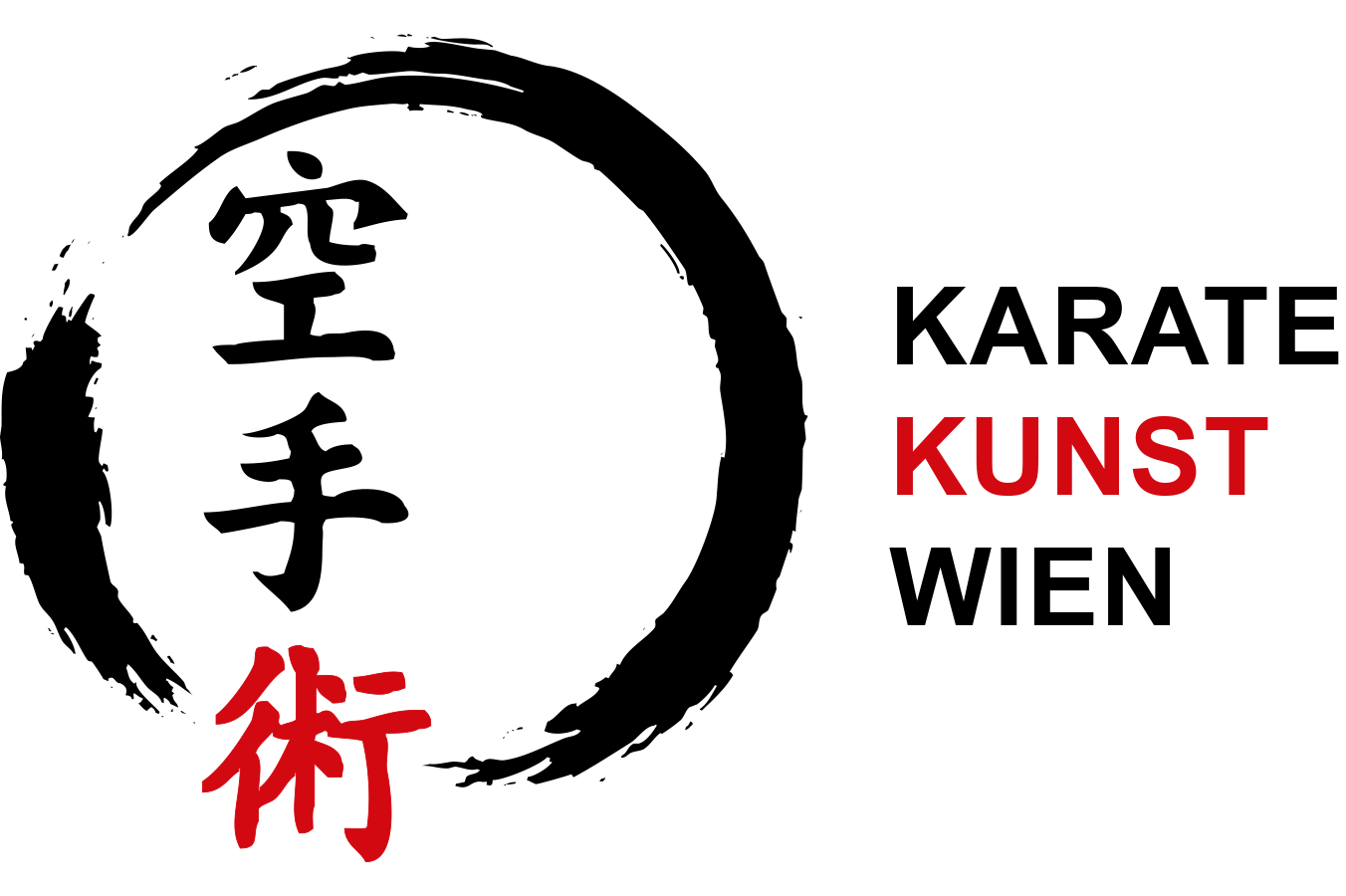
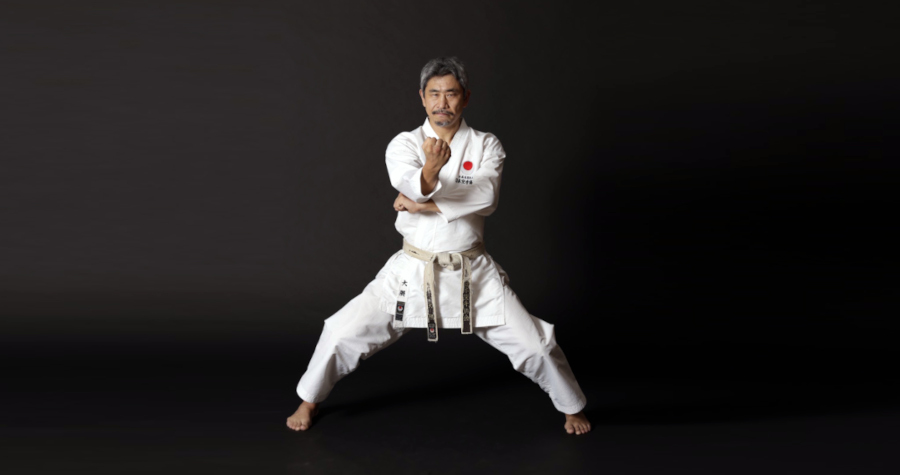 Okuma Koichiro
Okuma Koichiro
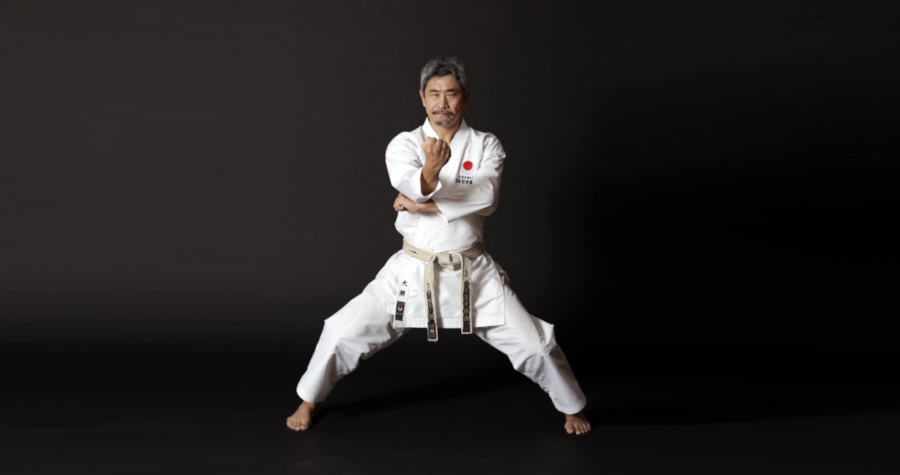 Okuma Koichiro
Okuma Koichiro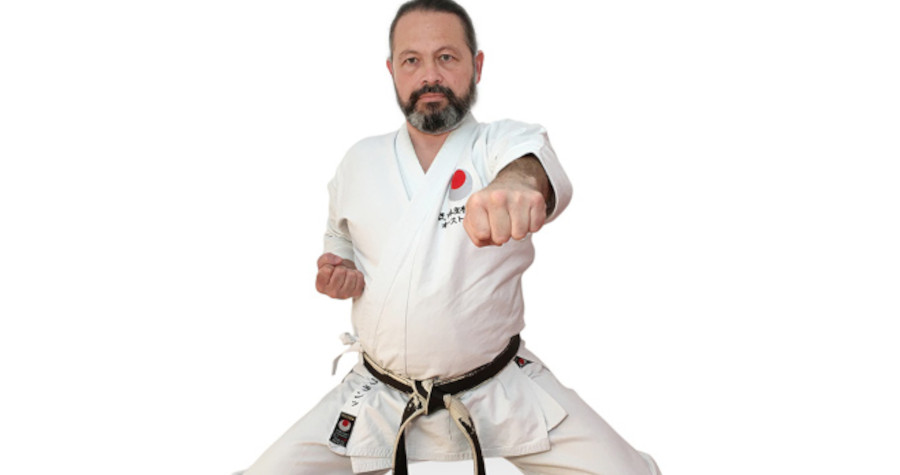 Franz Peischl
Franz Peischl